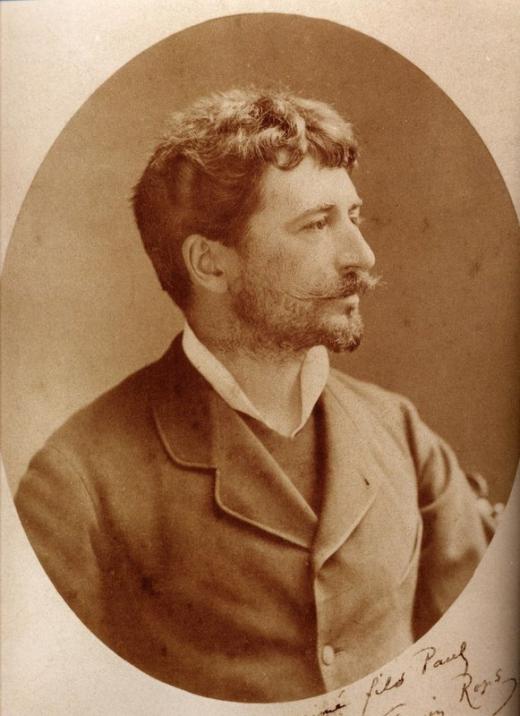


Rops lived in a society that was stuck in a rut, where the bourgeoisie, dressed very properly, preached the values that confirmed their principles of appearances and cleanliness. No subject was off limits, not death, or the Holy Scriptures, which are illustrated from the very unusual angle of Saint Anthony faced with the temptation of the flesh. The titles of his works are barely innocent and bear witness to a rich imagination. Abandoning conventional formats of the time, the artist created scenes filled with humour, tenderness and insolence for the pleasure of the public. His work and his way of life reflect the freedom of spirit and creativity that characterise his drawings, engravings and illustrations.Īn exceptional engraver and drawer, Félicien Rops captured and anticipated women's bodies with great modernity. The Belgian artist followed this virtuous path his entire life. "Rops am I, virtuous am I not, hypocrite I do not deign".

There he met Artan, Dubois, Charles De Groux, Constantin Meunier, and more, the future upholders of realism in Belgium. Two years later, he enrolled at the "Atelier libre Saint-Luc", one of the meeting places for Brussels bohemians, where he exchanged avant-garde ideas. He became their official artist and, with great talent, he learned the art of lithography. He quickly found his place among the most active student circles: the "Société des Joyeux" and the "Cercle des Crocodiles". There, he met several Namur friends and formed new relationships, including one of prime importance with the author Charles De Coster. In 1851, Rops enrolled at the Université libre de Bruxelles (Free University of Brussels) to study philosophy in preparation for a law degree. Once again, posterity favours the forthright and the unique over uniformity and compromise.He was definitely one of the fieriest artists of his generation, a painter, a watercolourist, a designer, an illustrator and an engraver, the provocateur Félicien Rops was born in Namur on 7 July 1833. These weren’t the only works that Rops produced, there were plenty of landscapes and society portraits, but it’s these that he’s remembered for. This can make much of his work seem modern in a way few artists of that period achieve today, and it’s a good bet that many Christians (especially those of the puritan American variety) would still find his pictures offensive. Whereas many artists of the time might hint at a fashionable blasphemy or Satanism, Rops’ dealings with these subjects were unequivocal, as was the outright pornographic tone of many of his drawings. Rops, a Belgian working in Paris, is curious even by the standards of the disparate group who comprised the Symbolists and with whom he had some connections. After Mr Peacay’s comments regarding Félicien Rops I thought it time to devote a post to this impious artist.


 0 kommentar(er)
0 kommentar(er)
